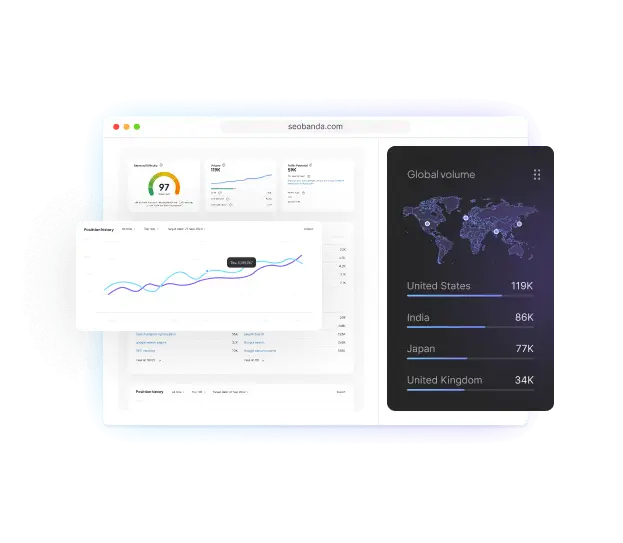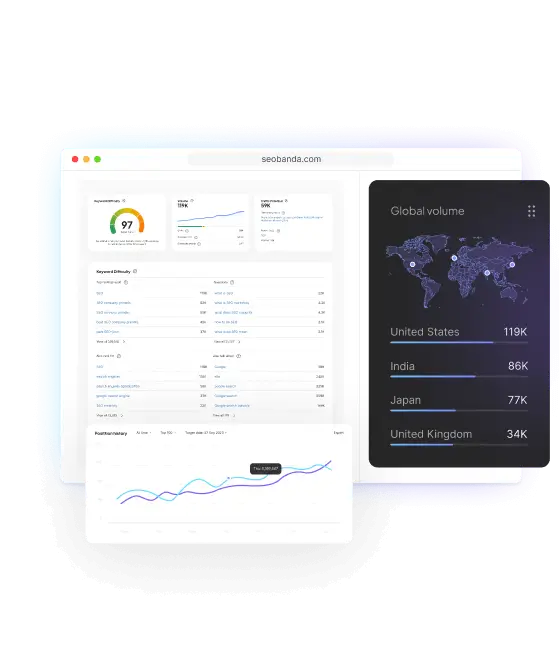Collecting the semantic core
The semantic core is a table of key questions that describe the structure of your business – the site’s product catalog – and the search queries of users by which they can search for pages on your site.
Semantic core are lists of search queries that users enter in a search engine when they are looking for information. They can search for articles, products, services, content.
In semantics, all requests are grouped by clusters and distributed among potential pages.


How to use the semantic core?
A semantic core is necessary for your site. With the help of correctly compiled semantics, you will be able to:
- Create content
- Prepare information for writing texts by a copywriter. Write the correct Title and Description for the pages of your site.
- Optimize the site
- Equally distribute the weight of the pages according to the requests. Identify problems of overspam and cannibalization (repetition of keywords).
- Set context
- Group queries on pages. Based on the collected keywords of competitors, study the structure, assortment of goods and services of your site. Cluster semantics on pages, generate keys for the blog. Collect keywords for AdWords search advertising (Ads).
Examples of sites for collecting semantic core
Promo sites have a small number of product and service pages, a portfolio and a small question and answer section
Number of pages from 1 to 15
- Collection of key requests
- Selection of headers and metadata
- Terms of use of the copywriter for website pages
Corporate sites include detailed server pages, cost calculators, and an extended blog.
Number of pages from 20 to 50
- Collection of key requests
- Clustering of information requests
- Site structure
- Selection of headers and metadata
- Terms of reference for a copywriter for the services section
- Terms of reference for a copywriter for a blog
Online stores have a huge number of product pages and catalog sections. Each page participates in the promotion.
Number of pages from 100 to 1000+
- Collection of key requests
- Selection of requests for landing pages
- Selection of keywords
- Directory structure for the site
- Selection of headers and metadata
- Terms of reference for a copywriter for a blog
- Terms of reference for the programmer for the site directory

Ready to optimize your website
for maximum efficiency?
FAQ – Frequently Asked Questions about Collecting the Semantic Core For a Website
If your question is not listed here, feel free to reach out to us for more detailed information.




